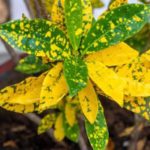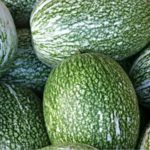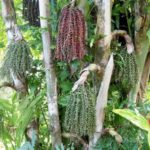The Dendrobium genus of orchids, also known as the Dendrobium linawianum, or more commonly, the flat-petalled chicken leg orchid, is a unique and captivating species with a distinctively pleasing fragrance. This orchid variety is highly sought after during the Tet holiday due to its vibrant colors and ease of cultivation and flowering.
In this article, we will guide you through the process of cultivating and caring for the flat-petalled chicken leg orchid to ensure its beautiful blooms. Stay tuned as we explore the following topics:
1 Introduction to the Flat-petalled Chicken Leg Orchid
The flat-petalled chicken leg orchid, also known as the yellow-stemmed dendrobium, is one of two varieties within the Dendrobium genus. Scientifically named Dendrobium linawianum, this orchid is renowned for its eye-catching colors, ease of cultivation, prolific flowering, and delightful fragrance.
Native to countries such as China, Taiwan, Thailand, and even Vietnam, the yellow-stemmed dendrobium can be found growing wild in nature, in addition to being cultivated in pots.
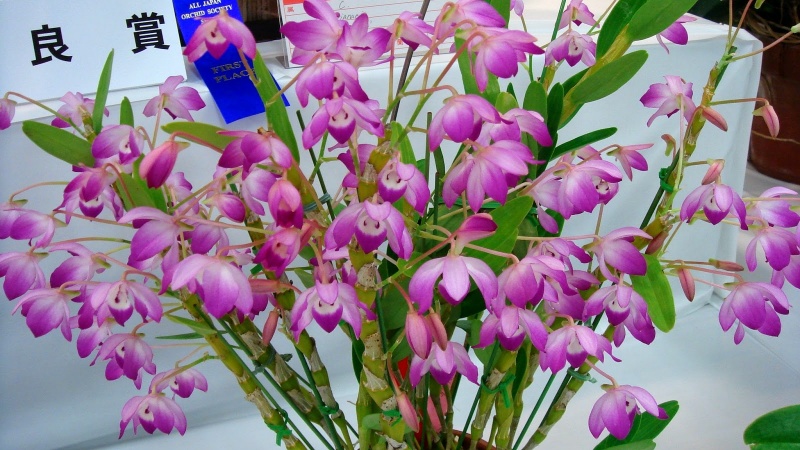
Typically, the flat-petalled chicken leg orchid grows as an epiphyte on tall trees, forming dense clumps. Its stems are small, flat, and grooved, with a yellowish hue. This orchid variety usually grows to a height of 25-40 cm.
The flowers of this orchid species predominantly feature white colors with purple accents at the tips of the petals. The throat of the flower is a deep purple shade and sports two small eyespots. When properly cultivated and cared for, the yellow-stemmed dendrobium will bloom in spring, with individual flowers measuring 4-6 cm in size.
2 Cultivation and Care Techniques for the Flat-petalled Chicken Leg Orchid
Planting Techniques
- Selecting the Plant
When choosing a plant, opt for a mature specimen with a remaining stalk, abundant leaves, and an intact clump. Additionally, be vigilant for any signs of fungal infections, insect infestations, or other diseases.
- Timing of Grafting
Grafting should be performed when the plant has shed all its leaves. Ideally, late in the year or early in the following year is the best time for grafting to achieve optimal results.
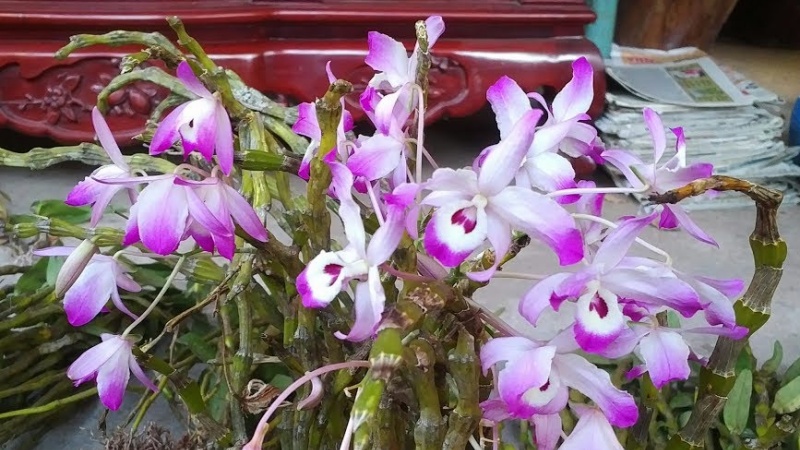 Grafting at the end of the year or the beginning of the next year yields the best results.
Grafting at the end of the year or the beginning of the next year yields the best results.
- Preparing the Grafted Plant
Once you’ve selected your grafting specimen, hang the plant upside down for three consecutive days in a well-ventilated area, refraining from watering during this period. After the initial three days, you can use a spray bottle to lightly mist the plant with water, but only do so every other day.
After a week to ten days, remove any aged roots, and the orchid will be ready for grafting. Once the grafting process is complete, hang the grafted orchid in a cool, shaded area for three days, protecting it from rainfall. Refrain from watering for these three days, and then lightly mist the orchid’s roots every five days or once a week.
 Do not water the plant while it is hanging upside down.
Do not water the plant while it is hanging upside down.
- Grafting Process
For orchids in pots, cut a liner measuring 4 cm long and 3 cm wide, and place it at the bottom of the pot. First, add charcoal briquettes, followed by coconut fiber, and finally, moss. Once the pot is prepared, fix the orchid’s roots in place and secure the stems and roots to the pot.
Alternatively, you can graft the orchid onto wood at the beginning of the year and hang it outdoors. As the plantlets develop, the orchid will gain the ability to withstand sunlight by summer, and the subsequent generation will produce flowers.
When cultivating the flat-petalled chicken leg orchid, avoid over-fertilizing. Instead, consider fertilizing once a week using organic fertilizers such as seaweed or fish emulsion. This orchid variety thrives in warm summer conditions and cool, well-ventilated, and sunny winter environments, with partial shade and moisture.
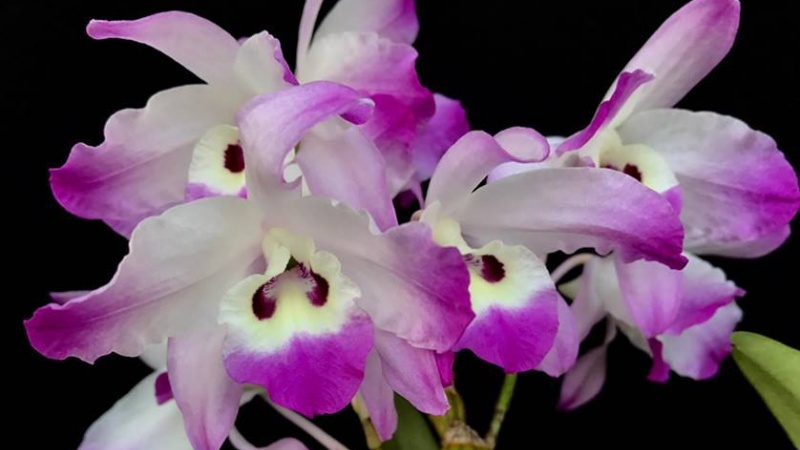 Avoid over-fertilizing the flat-petalled chicken leg orchid.
Avoid over-fertilizing the flat-petalled chicken leg orchid.
Care Techniques
- Moisture
The yellow-stemmed dendrobium thrives in sunny conditions and prefers a dry environment. Occasionally, moisten the orchid’s roots with a small amount of water. Providing a rain and sun shield is not mandatory, but if you’re new to orchid cultivation, it’s advisable to construct one to simplify the care process.
- Light
As mentioned, this orchid variety favors sunny conditions and requires 70-80% sunlight. Certain purebred varieties of the flat-petalled chicken leg orchid can tolerate up to 100% sunlight. However, it’s recommended to place the plant under a mesh layer to mitigate the direct impact of rain and wind.
 The flat-petalled chicken leg orchid thrives in sunny conditions.
The flat-petalled chicken leg orchid thrives in sunny conditions.
- Watering
For grafted yellow-stemmed dendrobium, water once or twice a week, while potted specimens only require watering once a week. As the orchid prepares to flower, reduce the water intake to enhance the quality of the blooms. The most effective method is to lightly mist the roots. Since this orchid variety favors sunny conditions, avoid overwatering, which can lead to root rot.
3 Captivating Images of the Flat-petalled Chicken Leg Orchid
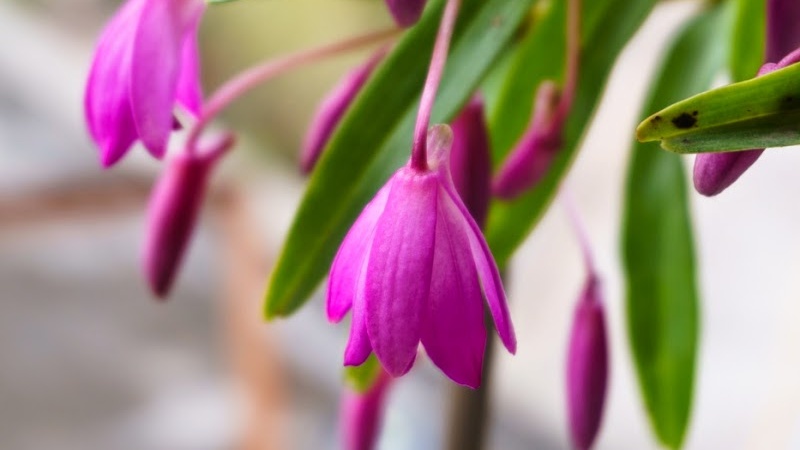 Flat-petalled chicken leg orchid yet to fully bloom
Flat-petalled chicken leg orchid yet to fully bloom
 A branch of the flat-petalled chicken leg orchid in bloom
A branch of the flat-petalled chicken leg orchid in bloom
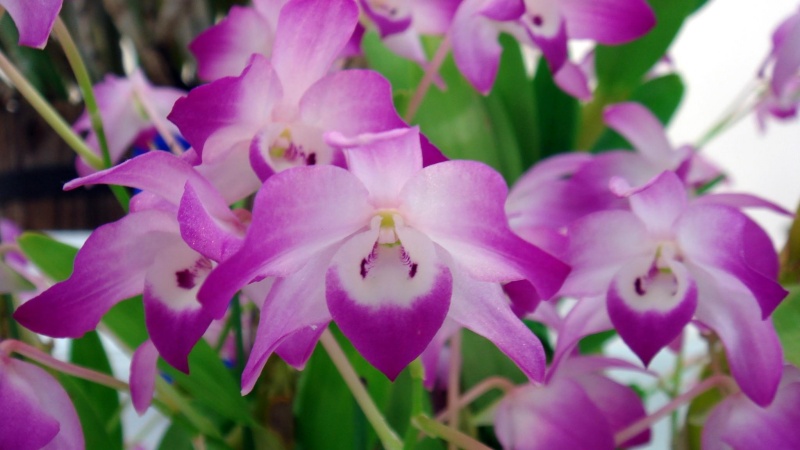 The flat-petalled chicken leg orchid in enchanting purple hues
The flat-petalled chicken leg orchid in enchanting purple hues
4 Where to Buy the Flat-petalled Chicken Leg Orchid and Price Range
To acquire high-quality and aesthetically pleasing specimens of the flat-petalled chicken leg orchid, visit reputable nurseries or garden centers. Alternatively, you can explore online options by purchasing from e-commerce platforms such as Shopee or Lazada, ensuring you select shops with positive reviews.
The price of the flat-petalled chicken leg orchid typically ranges from 40,000 to 100,000 VND, with prices varying for hybrid varieties.
The information provided above offers a comprehensive guide to cultivating and caring for the flat-petalled chicken leg orchid. We hope that you will successfully grow beautiful specimens of this orchid variety to adorn your garden or living space.

























